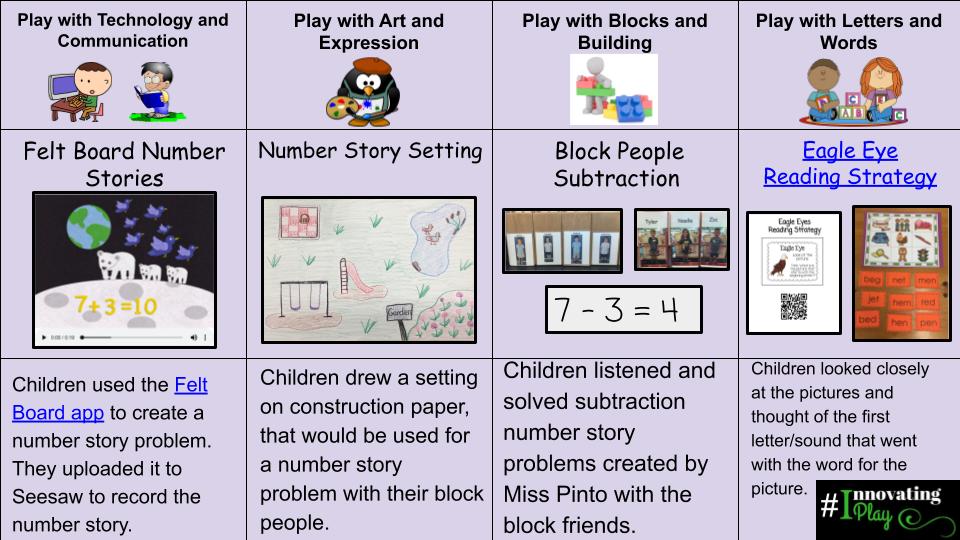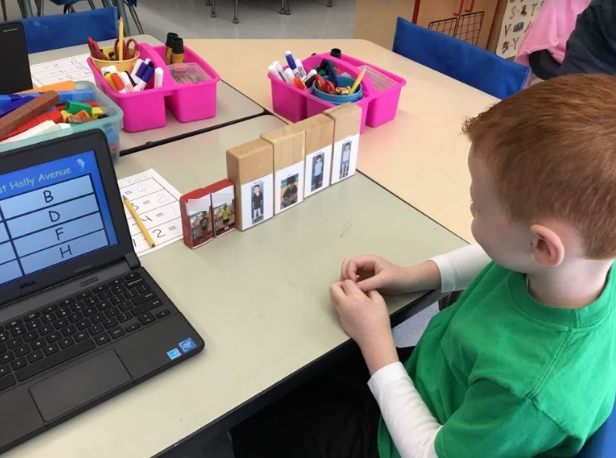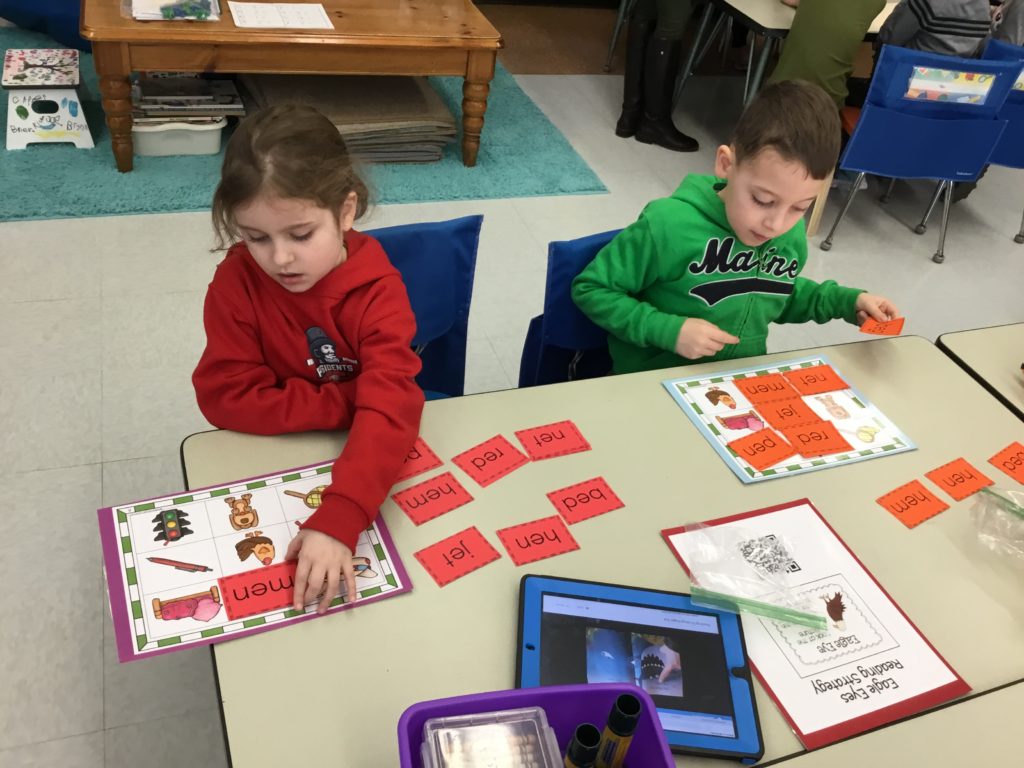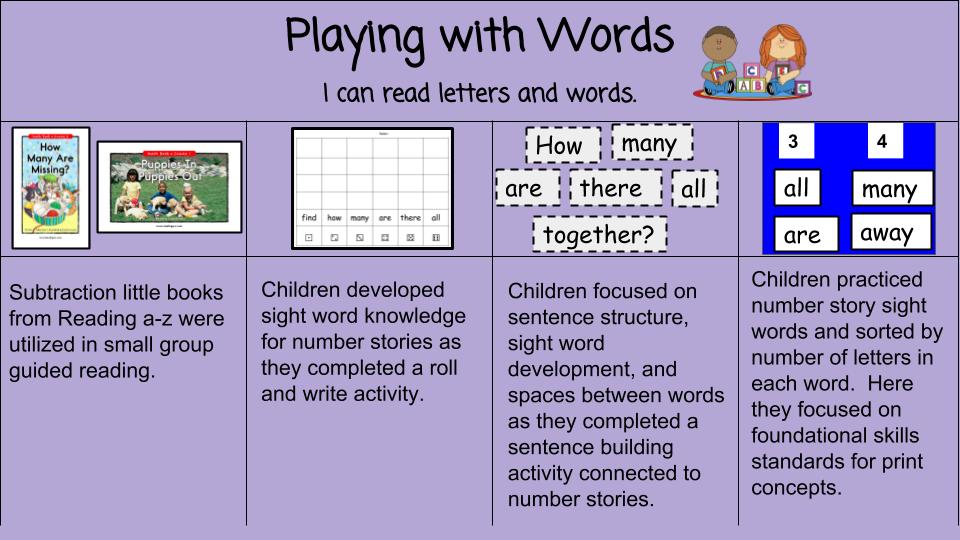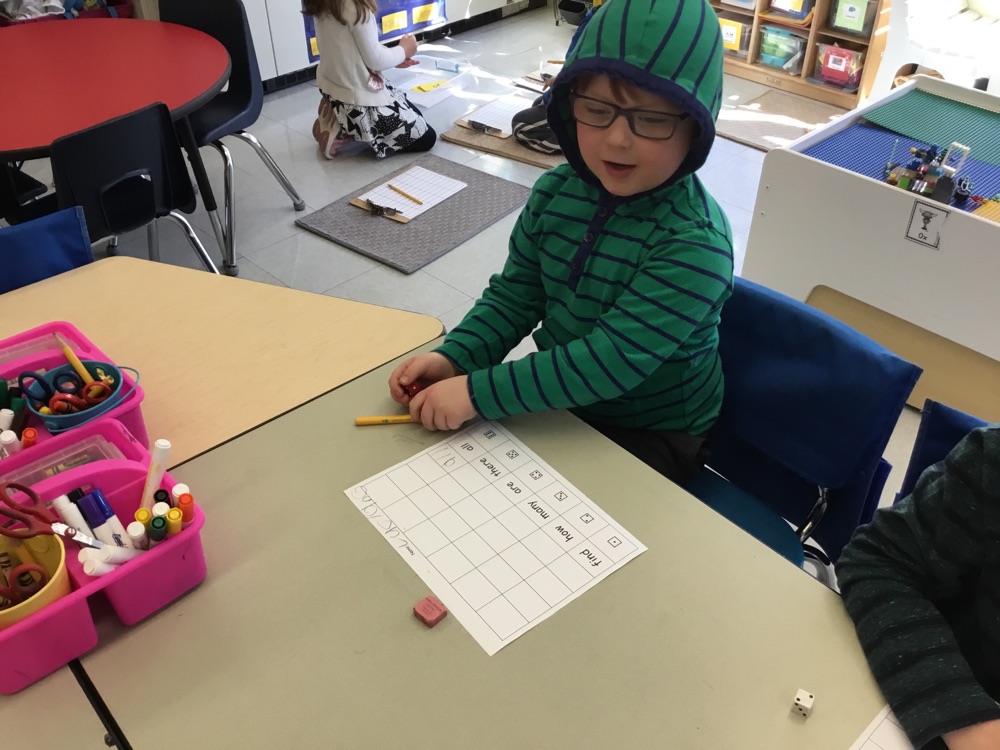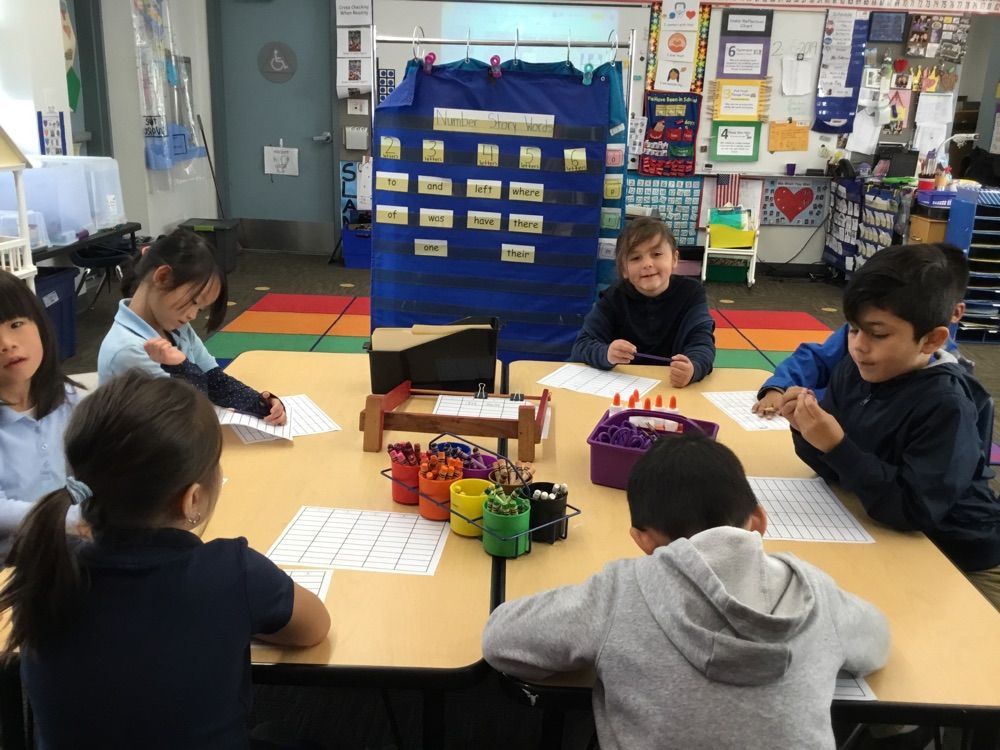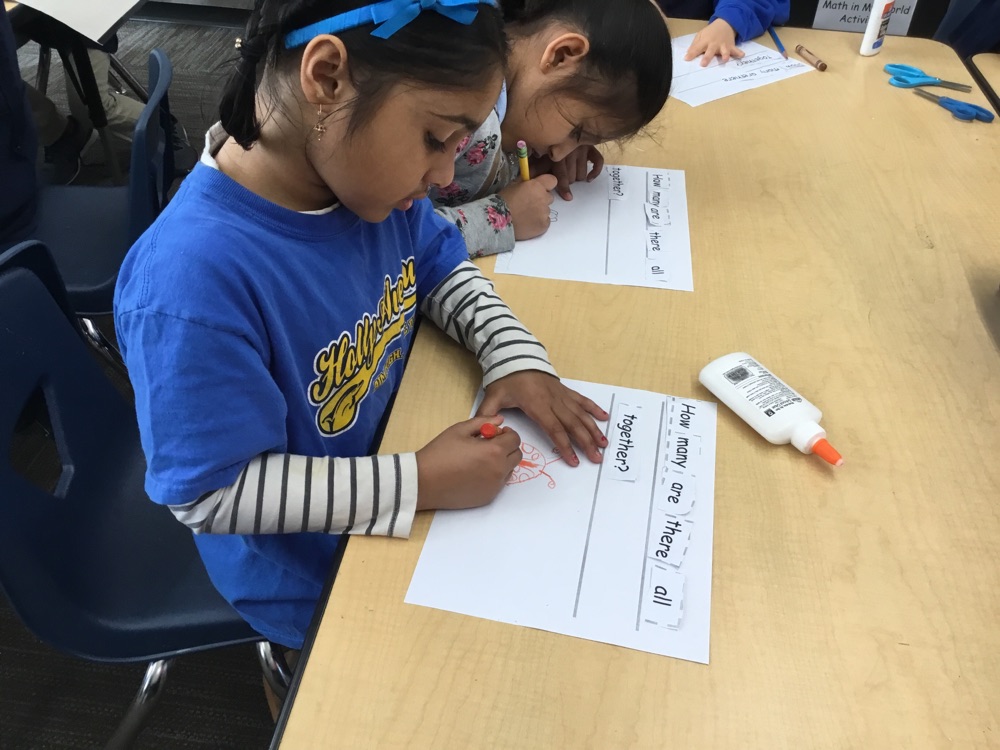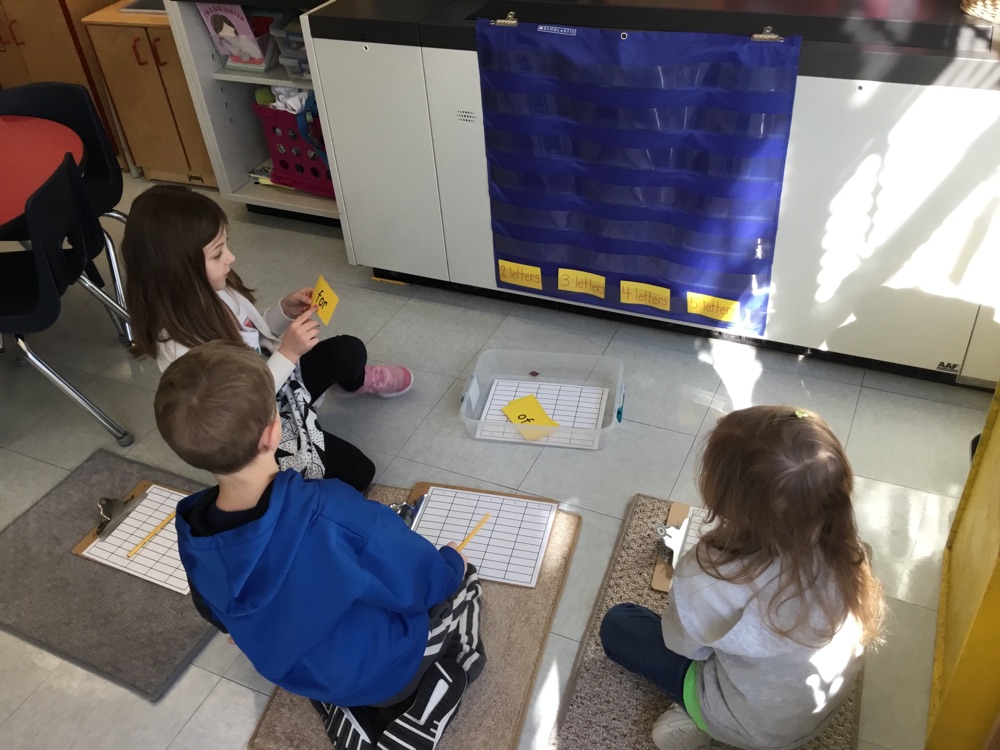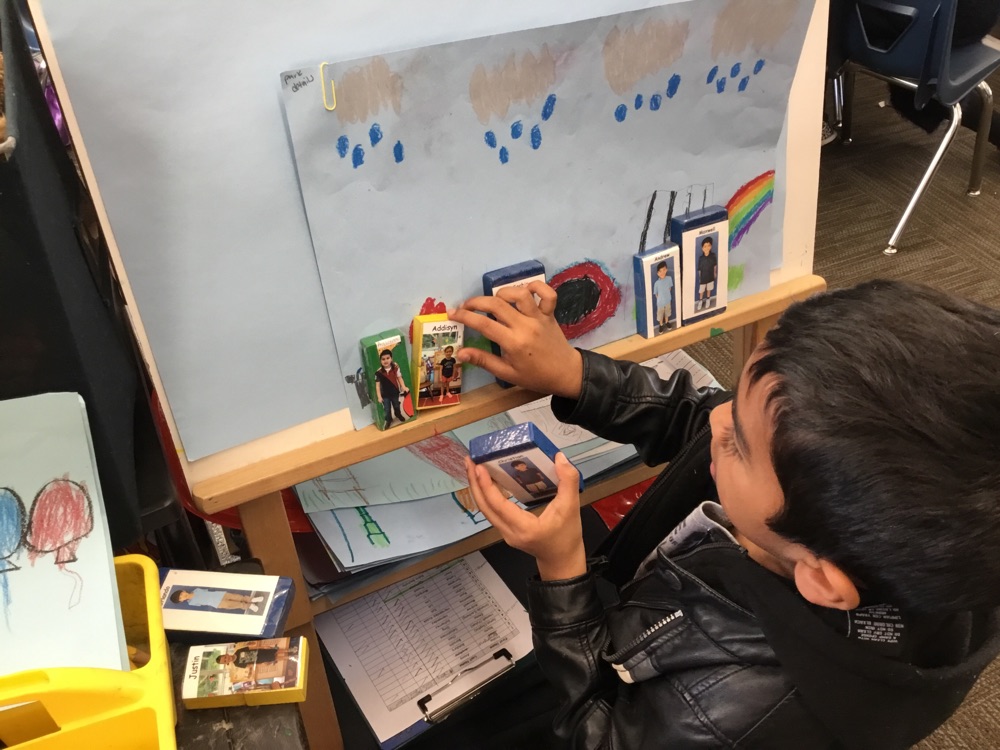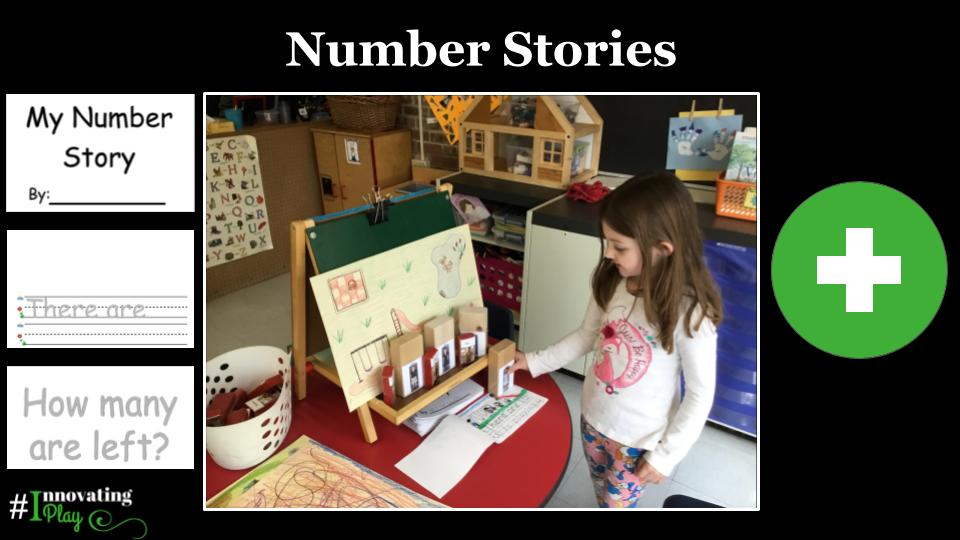
Cross Posted from innovatingplay.world Written By Christine Pinto and Jessica Twomey
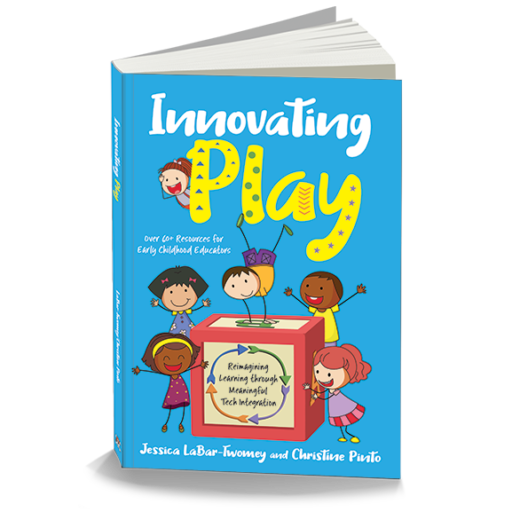
If you are coming across this post, the information for our Number Story study is now available in our Innovating Play book! Chapter 6 includes a detailed lesson plan of the pacing for the duration of the study, supplemental resources, and of course corresponding standards! The Innovating Play book is available on Amazon and Barnes & Noble.
